Global Expansion Strategies for FinTechs in Emerging Markets: A Playbook for Leaders
2nd August 2025
 How Open Banking is Shaping Financial Services Globally
How Open Banking is Shaping Financial Services Globally
 The Impact of 5G on Fintech Services
The Impact of 5G on Fintech Services
 The Evolution of Fintech Regulation: What’s Next?
The Evolution of Fintech Regulation: What’s Next?
 Top Fintech Innovations Shaping 2025: The Future of Finance
Top Fintech Innovations Shaping 2025: The Future of Finance
 Biometric Payments: The Next Big Trend in Secure Transactions
Biometric Payments: The Next Big Trend in Secure Transactions
.jpg) The Future of Payments: Trends Reshaping Transactions in 2025
The Future of Payments: Trends Reshaping Transactions in 2025
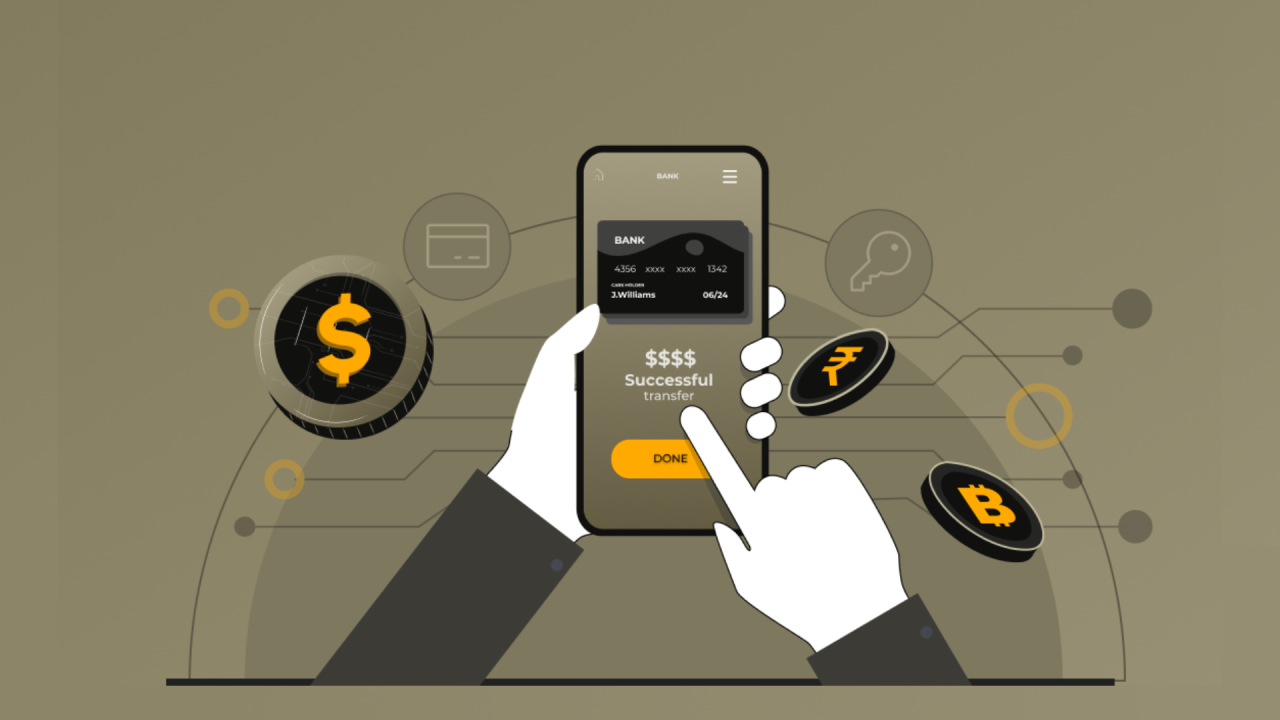 The Rise of Contactless Payments: Benefits and Security Concerns
The Rise of Contactless Payments: Benefits and Security Concerns
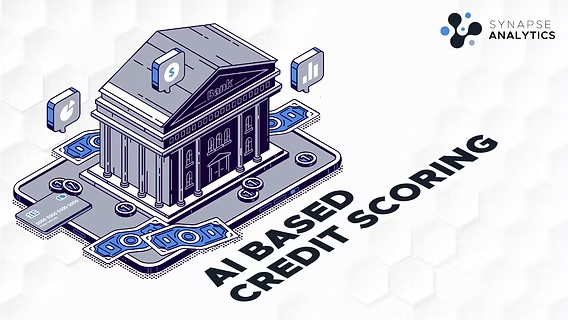 How AI is Transforming the Credit Scoring System
How AI is Transforming the Credit Scoring System
 QR Codes and the Cashless Leap: Transforming India's Financial DNA
QR Codes and the Cashless Leap: Transforming India's Financial DNA
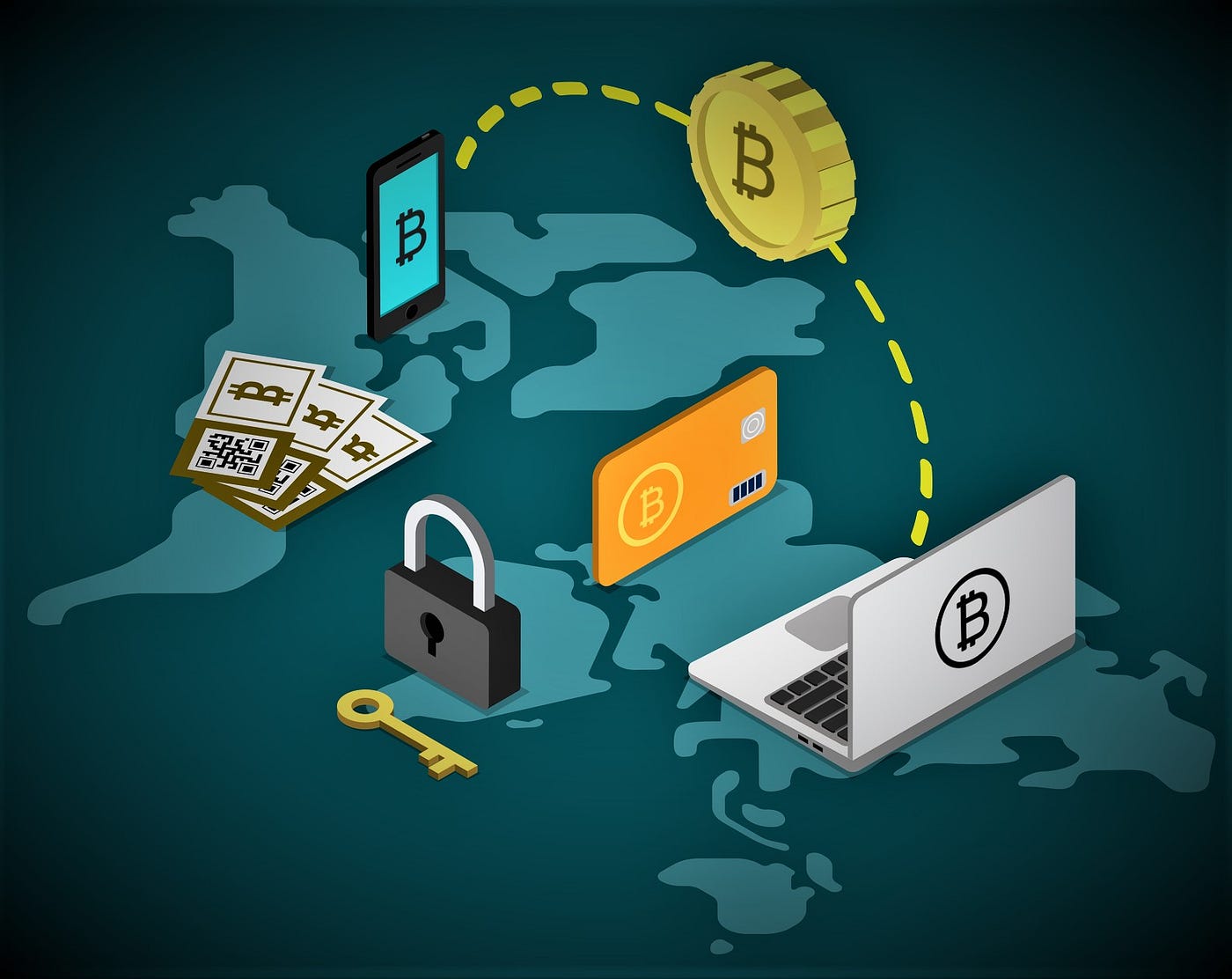 The Role of Cryptocurrencies in Cross-Border Payments
The Role of Cryptocurrencies in Cross-Border Payments
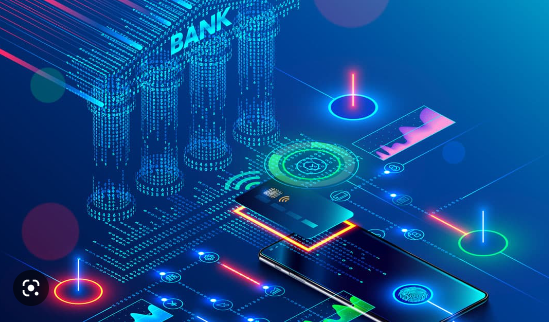 What the Future Holds for Digital-Only Banks: Navigating the Next Era of Banking
What the Future Holds for Digital-Only Banks: Navigating the Next Era of Banking
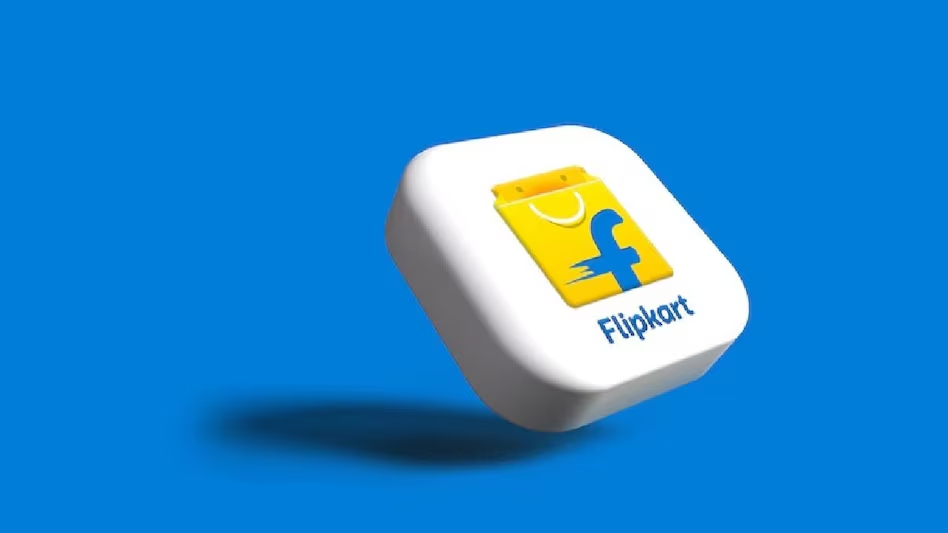 Flipkart Gets a Lending Licence: A Bold Leap into Embedded Finance
Flipkart Gets a Lending Licence: A Bold Leap into Embedded Finance

.jpg)
01 April 2025
3 min read
325
Payments have evolved far beyond simple transactions; they are now an integral part of daily interactions worldwide. With consumers shifting away from cash and embracing digital payments, the demand for faster, more convenient, and seamless financial solutions is accelerating. Emerging technologies such as AI-driven fraud detection, real-time payments (RTP), and voice-activated transactions are set to redefine the payment landscape in 2025.
Real-time payment transactions witnessed an astounding 42% growth in 2023, reaching 266.2 billion transactions worldwide. This shift toward instant payments is driven by regulatory initiatives like Canada’s Real-Time Rail (RTR), the Federal Reserve’s FedNow service in the U.S., and the EU’s SEPA Instant Credit Transfer scheme. By 2028, RTP is expected to surpass 575 billion transactions, accounting for over 25% of all electronic payments. The widespread adoption of RTP is transforming consumer expectations, particularly in payroll, where 83% of workers aged 18-44 prefer accessing their wages daily rather than bi-weekly or monthly.
The mobile payments market has seen remarkable growth, fueled by the rise of smartphones and digital wallets. Today, over 85% of the global population owns a smartphone, making mobile transactions more accessible than ever. Digital wallets like Apple Pay and Google Pay dominate the payment space, offering seamless, one-click transactions both online and in physical stores. Meanwhile, QR code payments, in-app purchases, and payment links are becoming increasingly popular, particularly in emerging markets.
Embedded payments are also redefining the way consumers interact with transactions. Smart devices, including wearables and IoT-enabled gadgets, now facilitate payments without requiring traditional wallets. E-commerce platforms and digital services integrate payment options directly into their ecosystems, making transactions faster and more intuitive.
Artificial intelligence is playing a transformative role in payment processing. AI-driven fraud detection systems analyze user behavior in real time to prevent fraudulent transactions. Additionally, AI-powered predictive analytics enhance customer experiences by offering personalized payment options and optimizing transaction flows. AI is also helping businesses refine marketing strategies by analyzing transaction data and predicting customer lifetime value (LTV).

Subscription-based payment models are gaining traction, particularly among younger generations who prefer streaming services and digital memberships. Open banking is now evolving to support variable recurring payments (VRPs), offering a flexible alternative to traditional subscription models. In the UK, banks like NatWest and HSBC are exploring VRP adoption for utilities and financial services, paving the way for a new era of subscription payments.
Voice-activated payments are another groundbreaking trend. Integrated into smart home assistants like Amazon Alexa and Google Assistant, these hands-free transactions provide a seamless and secure way to complete purchases. Voice payments are projected to reach $164 billion by 2025, reflecting the growing consumer demand for convenience and automation in financial transactions.
The payments industry is evolving at an unprecedented pace, with innovations like real-time transactions, AI-driven fraud prevention, and voice-activated payments shaping the future. As businesses and financial institutions adapt to these changes, staying ahead of technological advancements will be crucial. Companies must integrate AI-powered analytics, enhance user experience design, and prioritize security to meet the demands of an increasingly digital economy.
By 2025, the payments landscape will be more diverse, efficient, and user-friendly than ever before. The businesses that embrace these advancements will lead the way in offering seamless, secure, and innovative financial solutions.
Read Next
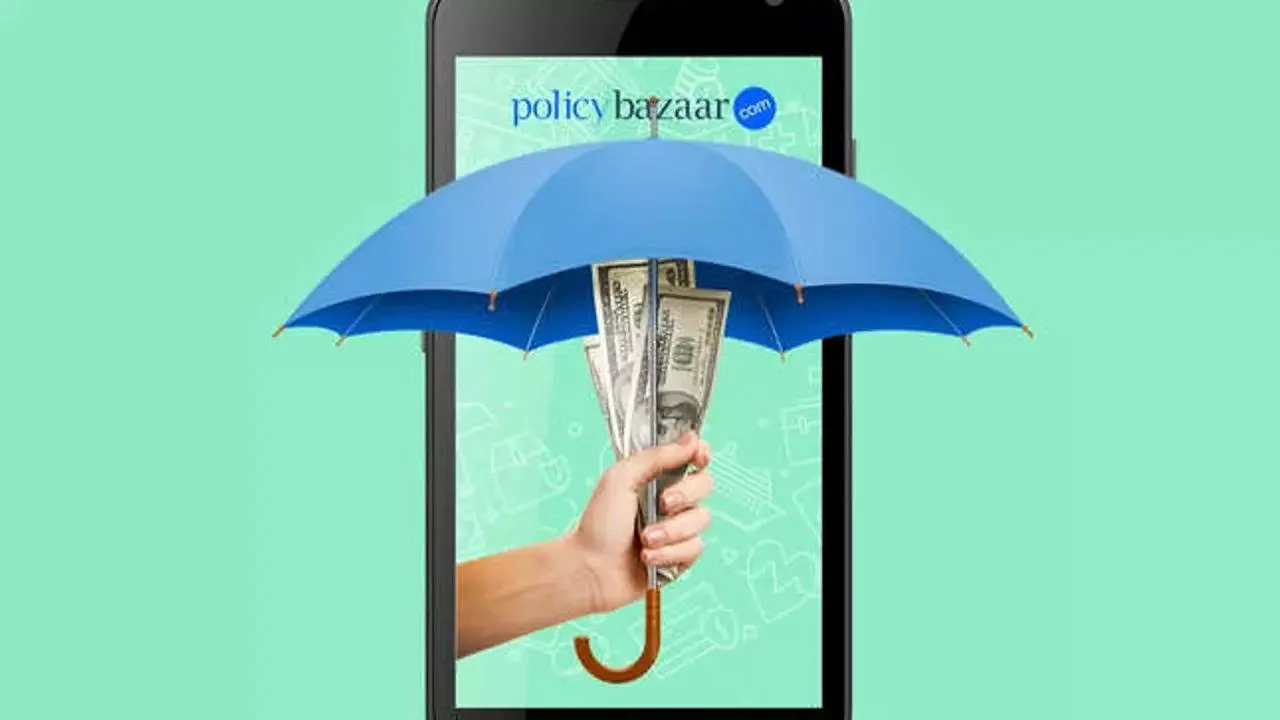 News
News
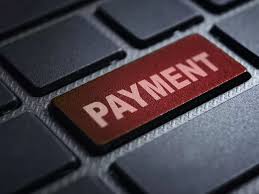 News
News
 News
News
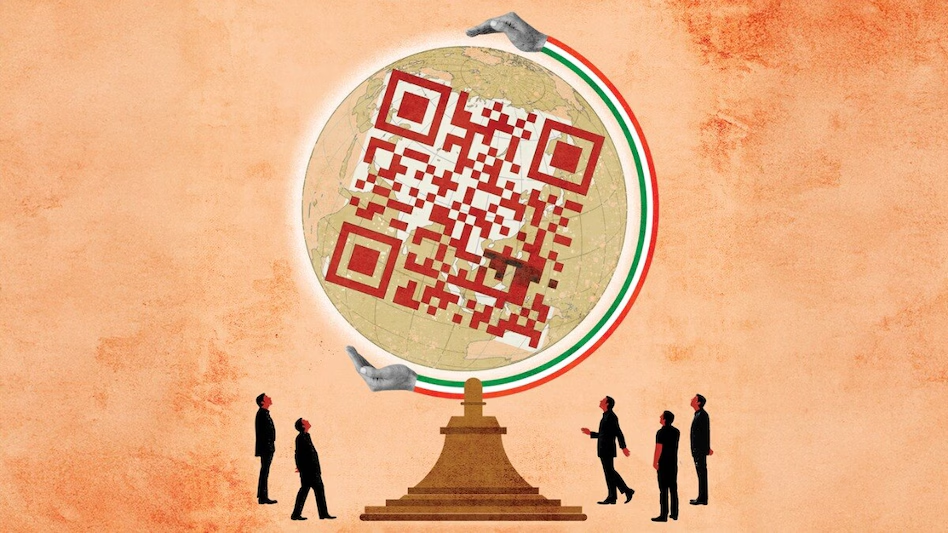 News
News
 Blog
Blog
Live Polls
Live Discussion
Topic Suggestion
Whom Do You Wish To Hear
Sector Updates
Leave your opinion / comment here